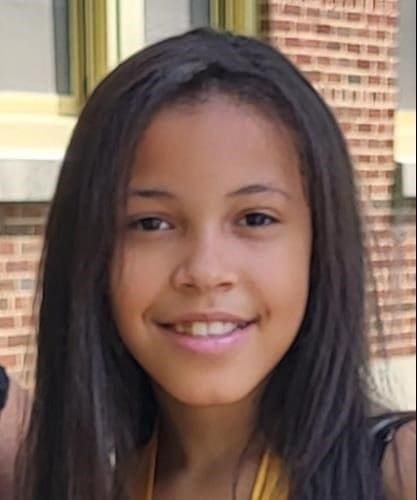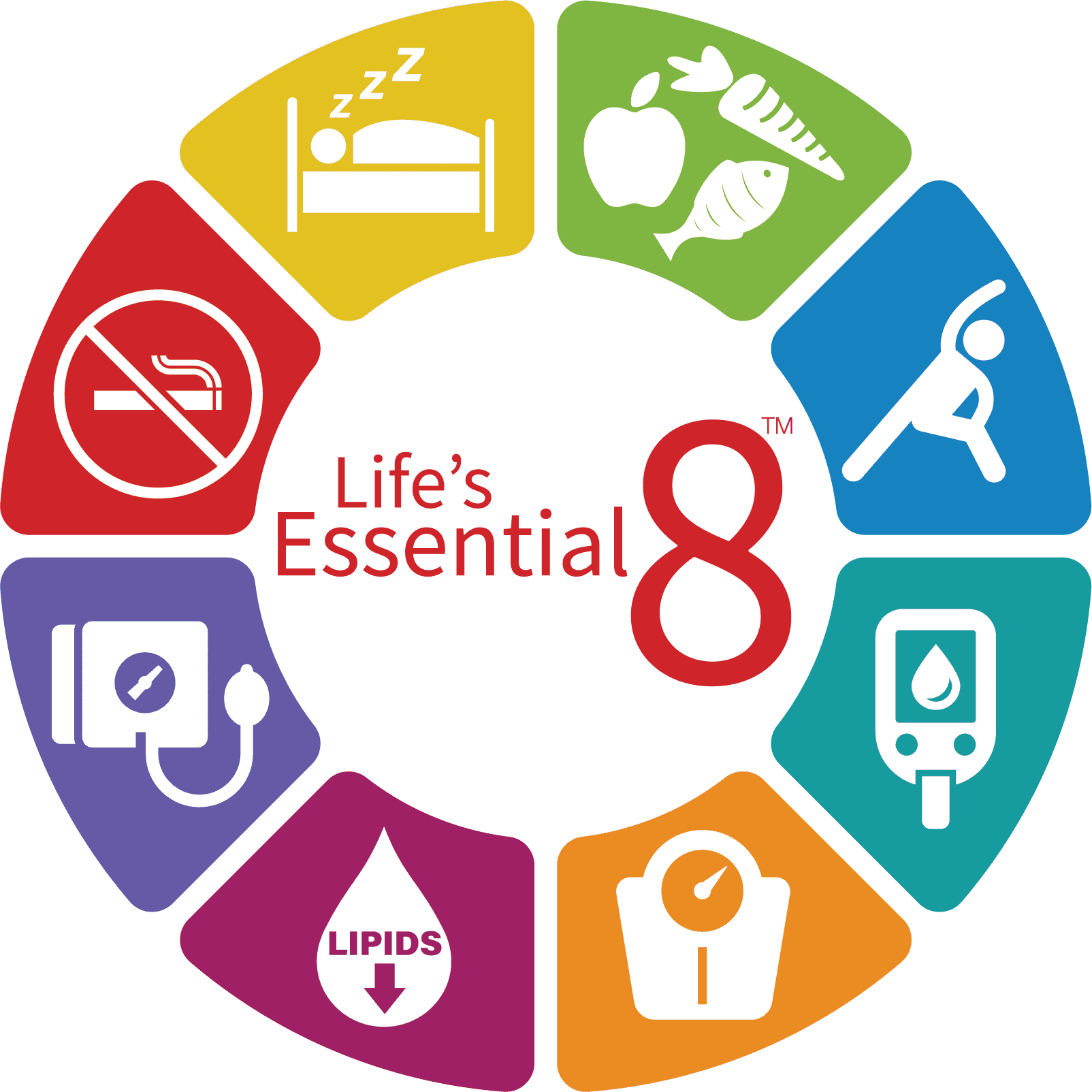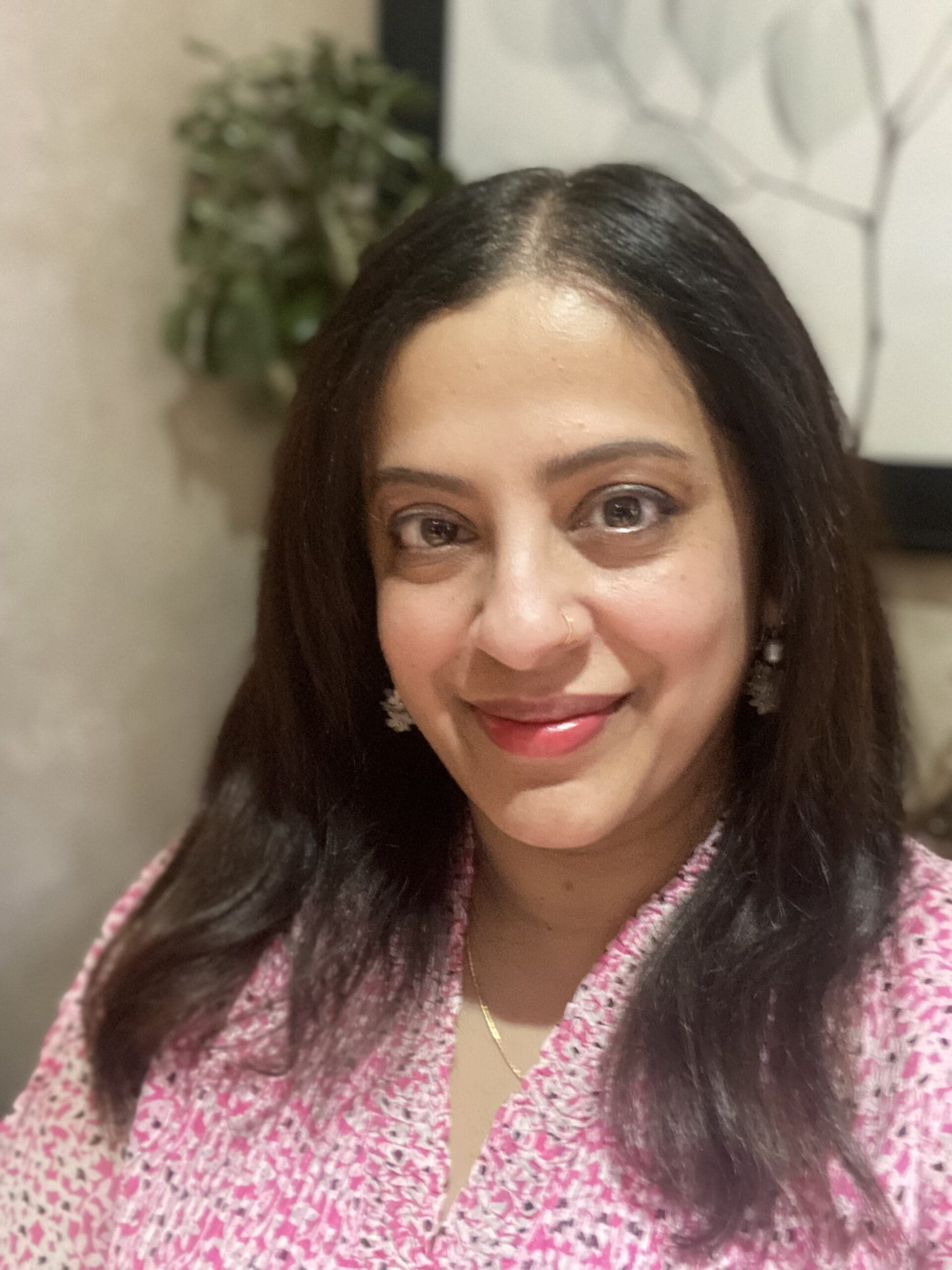A Conversation with the Author
By Christine A. Krahling
Poison Girls is the fictional story of crime reporter Natalie Delaney, who discovers that daughters of Democratic powerhouses are targets of a serial killer who uses drugs — specifically a strand of street heroin called “Poison” — to kill.
When Natalie becomes obsessed with the story and sets out to see who’s behind the killings, she ends up becoming the story herself.
Poison Girls was recently published by veteran journalist and Syracuse University’s S.I. Newhouse School of Public Communications assistant professor Cheryl Reed. Her coverage of deadly drug use among girls was the inspiration for this novel. This month, local writer Christine A. Krahling talked with Cheryl, to get Cheryl’s take on the country’s deadly opioid epidemic, her writing process and what she thinks about the state of journalism in our fast-paced society.
Christine: On the first page of Poison Girls, the protagonist, Natalie Delaney, says, “Heroin overdoses typically involved hardcore junkies — prostitutes, homeless veterans, hustlers, and a few suburban boys pumped with enough testosterone to think they could conquer anything. But the white girls who were ending up in the morgue were private school students taking Advanced Placement Calculus and studying for their SATs: they didn’t fit the profile, which made their deaths novel — and news.” Do you think part of the reason we can’t seem to get a handle on the current opioid epidemic is because many victims don’t fit the “typical” profile?
Cheryl: Yes. The other day in an ethics class, a student said no one in our auditorium full of undergraduate students would be addicted to
heroin. I was glad when other students disagreed. I think most people think of heroin addicts as people living at the margins — prostitutes and homeless. But many opioid/heroin addicts start out as someone who wanted to relieve pain after an injury or surgery. Many of them were athletes and they end up addicted to opioids provided by their doctors. Only when their supply ran out did they turn to street drugs, like heroin.
Christine: According to www.ongov.net, heroin use is increasing across all social classes in Onondaga County, in line with state and national trends. The website states that one of the reasons for this is increased use of prescription opiate pain medications. In your opinion, what do you think the physician’s role is in helping to reduce the number of people addicted to opioids?
Cheryl: Several years ago, I had spinal surgery and was on OxyContin for weeks. I have to say, I loved the way the drug made me feel — how it took away the excruciating pain, how I felt like I was floating on a cottony cloud. But my surgeon was smart enough to eventually cut me off, saying: “If I continue to write these prescriptions, eventually you’ll be selling the furniture to pay for your habit.” At the time, I thought that was a strange statement to be making to an upper middle-class professional. But that is exactly how addiction starts.
Christine: The book’s protagonist, Natalie, notes that, “Cops are always leery of competition, and reporters are always dismissive of police warnings.” How can law enforcement officials and journalists work together to help tackle the opioid epidemic?
Cheryl: In my very biased opinion as someone who has covered crime for many years, the police are too guarded with information that would benefit the public. The stories I read about the opioid crisis generally are overviews, based on statistics, and rarely do they include the personal narratives of people who become addicted and why. I think journalists need access to people who are willing to talk about the crisis, from police officers and EMTS — who have to deal with the emotional wear of bringing back the same addicts until they either get clean or die — to families with addicted teenagers. Until we, as journalists, are able to portray the full extent of this crisis, the stereotype of a down-and-out opioid addict will persist.
Christine: In the wake of tragedy, another character in the novel, Maggie, says to Natalie, “You can’t have a meaningful relationship with someone who is always looking for their next hit.” Based on your experiences talking with those who have shared details about their loved ones’ struggles with drug addiction, what do you think the hardest thing is for those who love an addict?
Cheryl: The hardest thing for someone who loves an addict is getting lied to on a continual basis. When someone is constantly lying, it’s hard to have any meaningful relationship. Who are you dealing with? That person’s personality and values have been swallowed by a consuming addiction and feeding that addiction is their primary focus.
Christine: In the Acknowledgments section of Poison Girls, you mention that you spent months reporting about young girls addicted to crack cocaine, and that one of the girls you had gotten to know fairly well was tragically shot while she and her friends were trying to buy more drugs. How did that experience affect you? What did you learn about yourself and these girls during that time?
Cheryl: The story deeply affected me. Michelle was a girl who I had hung out with for weeks, following her as she did one kind of drug after another. But when she started to get into more serious drugs, like crack cocaine, I stepped over the line from being a journalist to being a human being trying to reason with her. Eventually, she cut me off. Several weeks later, she was shot in the face while trying to score more crack.
It made me really question my role as a journalist trying to report on a story that at the time that was greatly underreported — young white girls addicted to crack. There are some stories that journalists can’t get to by reporting in traditional ways. These girls would never have told their story to a reporter who rolled up in a van and held out a microphone. They needed to trust the reporter and that happens by spending a lot of time with them.
I learned that there’s a very delicate line you have to balance as an embedded journalist. And though I think these kinds of stories need to be told, you have to decide how much psychological damage you can endure — both in witnessing horrific events and also becoming close to subjects who you know you can’t save.
Christine: Let’s switch gears a bit. What can you tell us about your writing process? What was it like for you writing this book?
Cheryl: I wrote Poison Girls for nearly 12 years. There wasn’t a time when I wasn’t working on some part of the book. It was my first novel and, in a way, it was teaching me how to write a novel. I did a significant amount of research. It’s a different sort of book; it’s really about subcultures — the subculture of teen girls, of wealthy suburban girls, of girls from powerful political families, of the newsroom and of
homicide cops. So, I tried to make the book as real as I could. Many of the events in the book are based on real incidents.
Since then, I’ve written another novel in a much shorter period of time. My process is that when I’m working on a book, I try to write every day, even if it’s for an hour. There’s so much about writing a novel that happens in your subconscious; your mind is always working out the problems of the book. I’m not a big fan of the first draft through, but I just get it down as fast as I can. The real magic happens on the revisions. And I do multiple revisions. I really like working with an editor. I have several reader-editors — including my husband, Greg Stricharchuk, who is a former newspaper editor — who give me feedback.
Christine: You’re an assistant professor at Syracuse University’s S.I. Newhouse School of Public Communications. Journalism has changed quite a bit since the birth of the internet, smart phones and social media. As a result, we live in a pretty distracted society. What advice do you have for both aspiring journalists as well as seasoned journalists?
Cheryl: The future of our democracy depends on the quality of our journalism. There will always be a need for people to report the news in an unbiased and verified way, even more as politicians bat around “alternative facts.” The best way to become a journalist is to read. Read news stories, magazines, books. Know what’s going on in the world and have a passion to report on the overlooked stories.
For seasoned journalists, I think the struggle is dealing with a shrinking newsroom and the barrage of demands — reporting, shooting photos and videos and keeping up a robust social media presence. It’s a lot, and sometimes we lose sight that our number one goal should be to get the news and get it right. SWM
For more information on Cheryl and Poison Girls, visit cherylreed.net.





